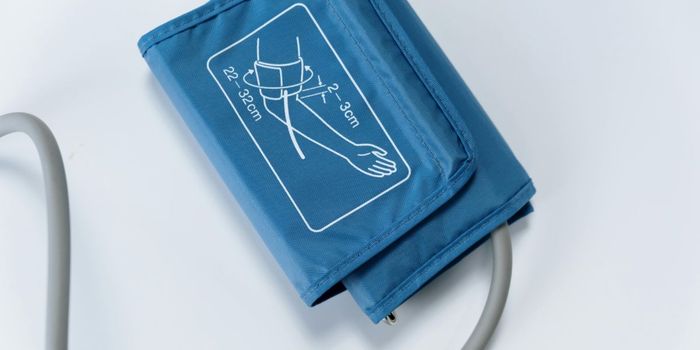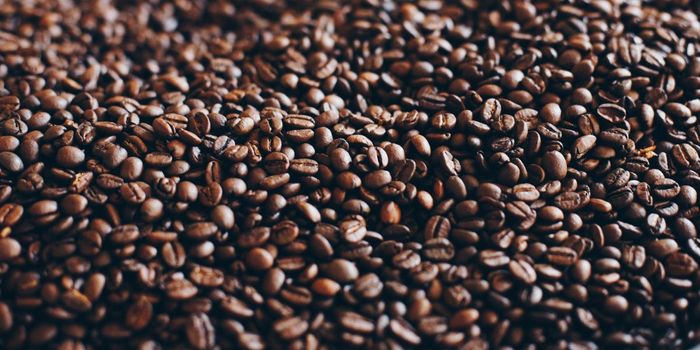A New Heart Drug Taken from a Yellow Dye
Cardiovascular disease is an ever-present issue in the modern world. One of the most unfortunate cardiovascular events that can occur during recovery from a heart attack is ischemia/reperfusion.
When an area of the body experiences restricted blood flow, it can cause tissues to die due to starvation. A sudden recovery from this state leaves the tissue in a starved state, but with a sudden excess of valuable nutrients. This leads the cells of the tissue shocked, and often results in massive cell death and tissue damage. Preventing this has been a critical area of research over the decades, and new drug candidates arise every year to take on the task.
New drug candidates often come from unexpected sources. The molecule luteolin is a component of a yellow dye used for centuries. Recent research has shown it may have a variety of benefits from antioxidant to anti-cancer capabilities. A team from Xuzhou Medical University decided to investigate luteolin’s cardioprotective effect against ischemia/reperfusion.
The study would center around luteolin’s effect on the transcription factor Sp1. Another study revealed Sp1 regulates the expression of SERCA2a. SERCA2a is a critical protein involved in the proper transport of calcium in cardiac cells. Calcium is one of the driving signals in muscle contraction and many other activities. Finally, several studies have indicated abnormal calcium signaling plays a role in ischemia/reperfusion injury.
In this new study, the team focused primarily on examining how luteolin effected SERCA2a transcription in mice, as well as the possible cardioprotective effects it may elicit to ischemia/reperfusion. Luteolin was first confirmed to upregulate Sp1 and SERCA2a. SERCA2a upregulation was then linked to Sp1 upregulation.
In mice that experienced ischemia/reperfusion, pretreatment with luteolin managed to decrease tissue damage compared to the control slightly. Luteolin also seemed to decrease cardiac troponin levels (a standard biomarker of heart damage), lower tissue death, and prevent apoptosis in ischemia/reperfusion mice.
This study showed the luteolin treatment seemed to have a cardioprotective effect against ischemia/reperfusion in mice. This effect was isolated to the upregulation of Sp1 and the subsequent upregulation of the protein SERCCA2a. Several studies show that luteolin seems to have several different effects on the body, ranging from anti-cancer to cardioprotective, making it a candidate for several potential therapies in the future.
The study concludes, “In summary, Lut pretreatment enhanced the transcriptional activity of SERCA2a by upregulating the expression of Sp1, reducing myocardial injury, improving left ventricular function and reducing cardiomyocyte apoptosis.”
Sources: Nature Scientific Reports, Ascencion Michigan









